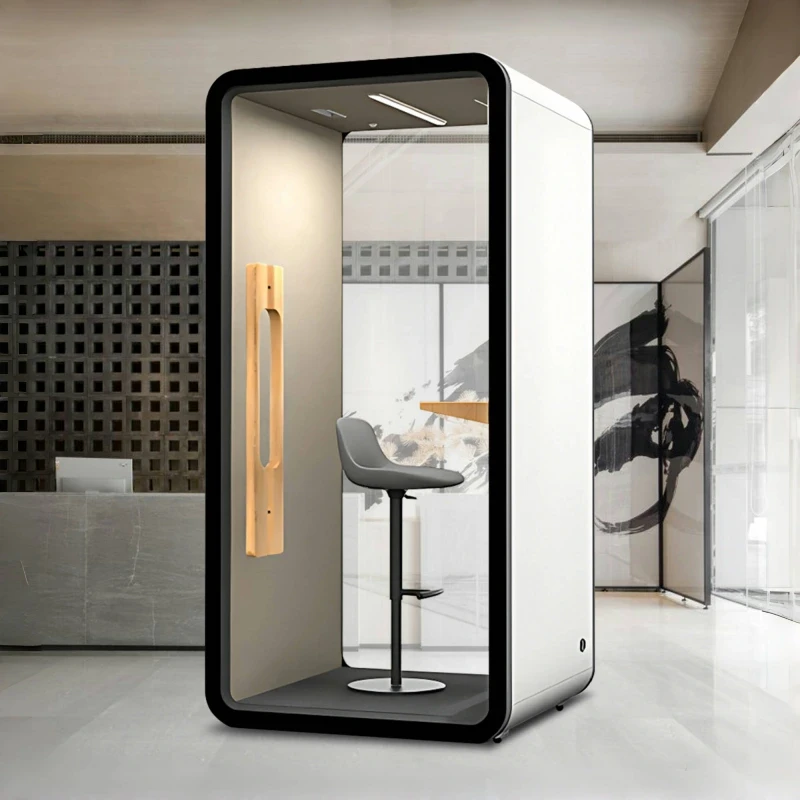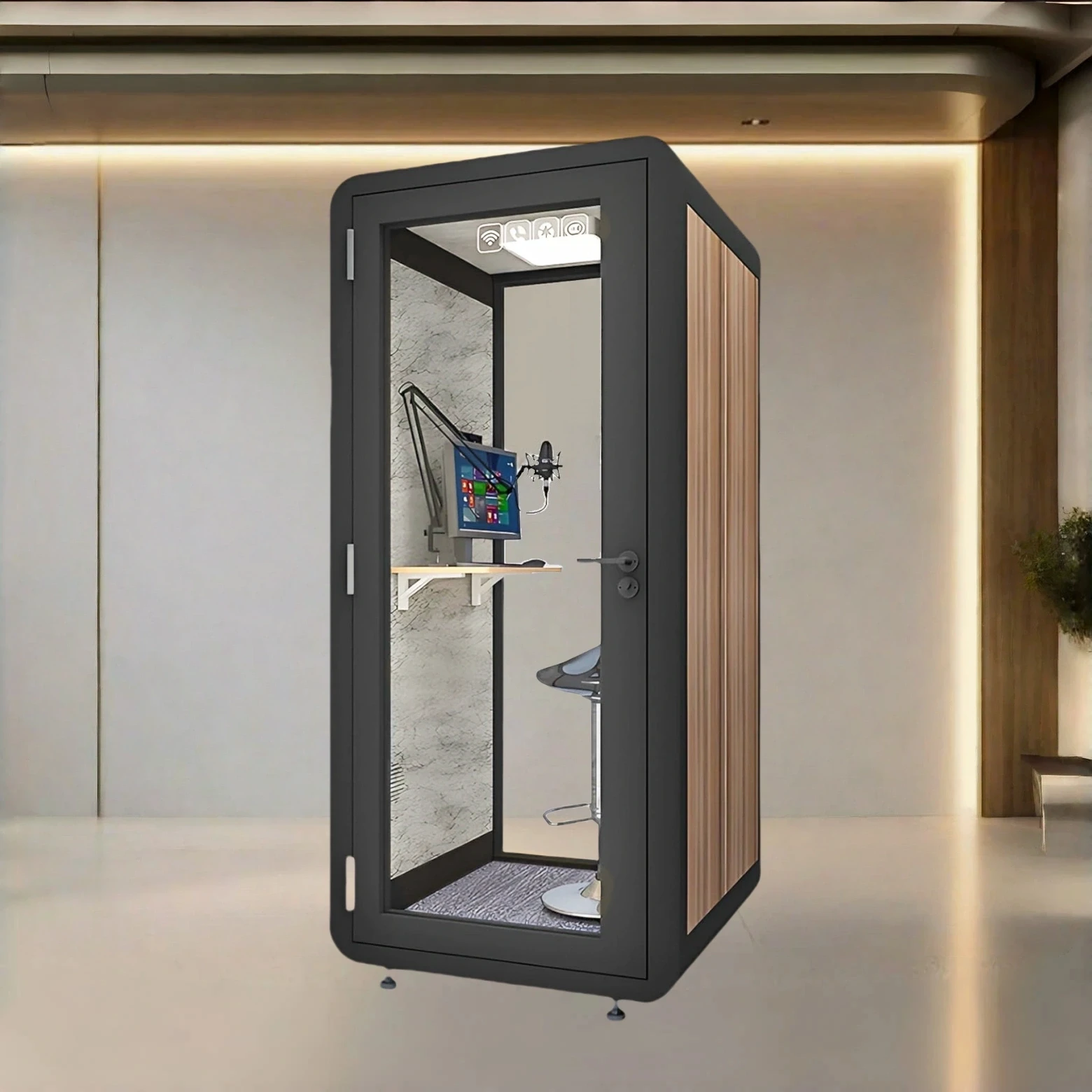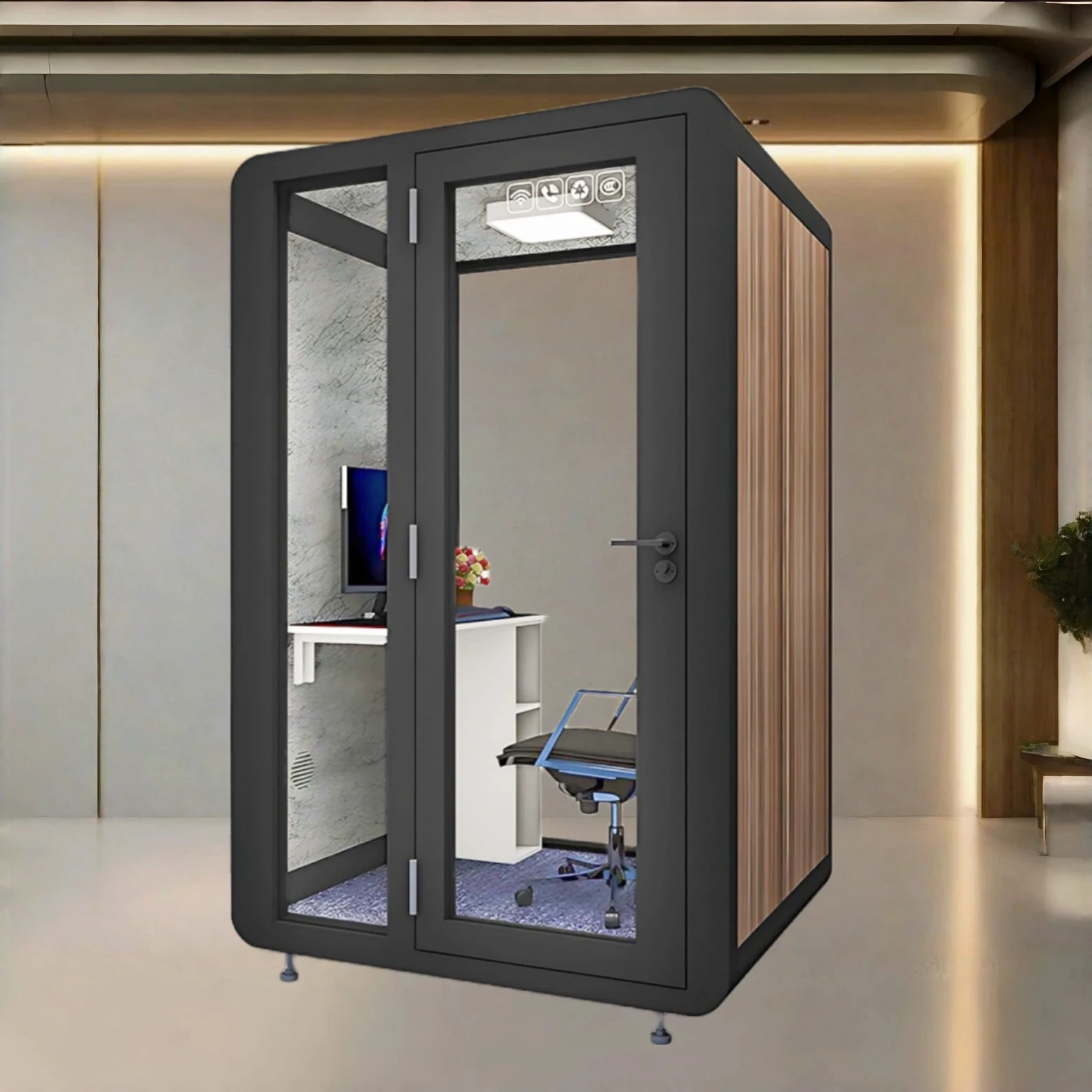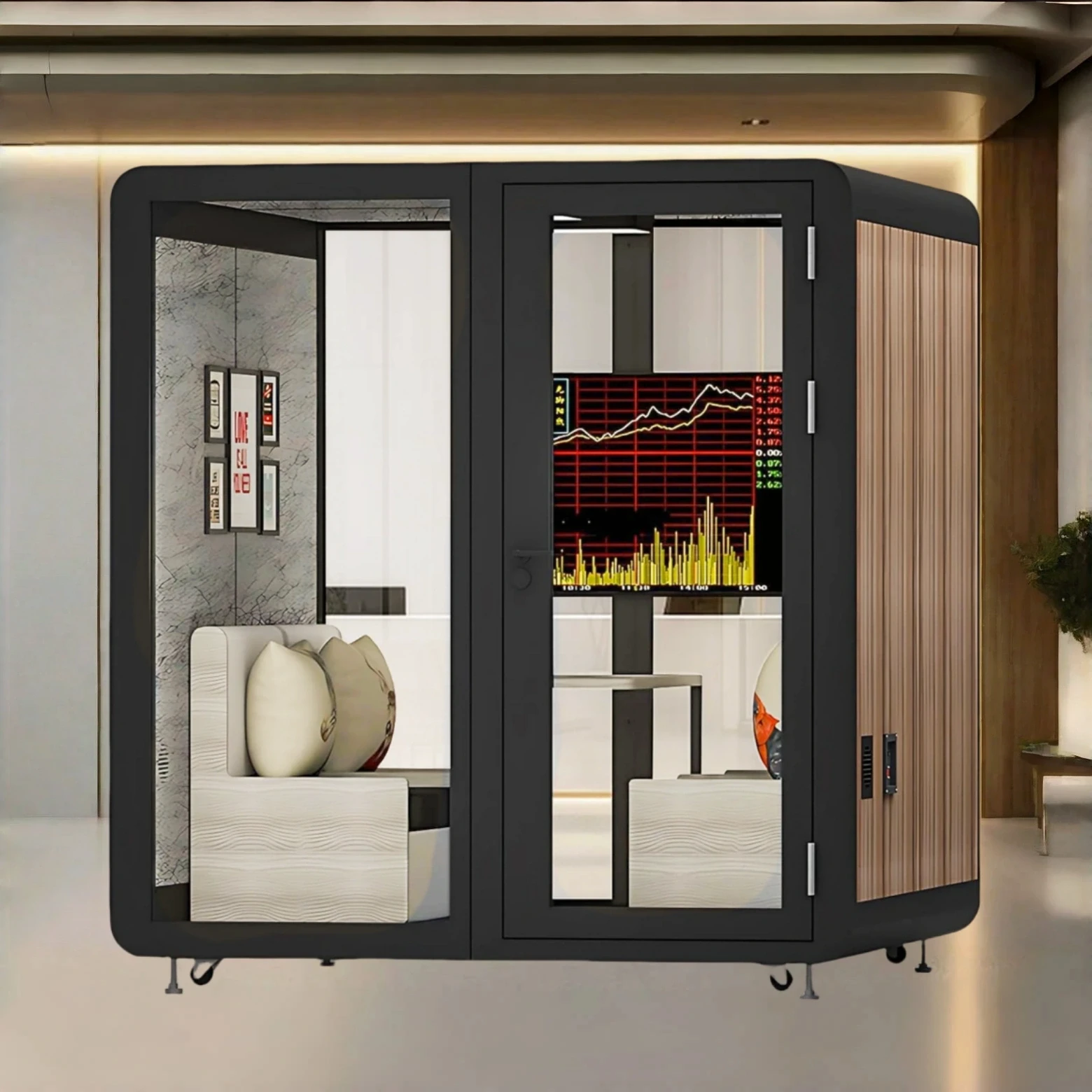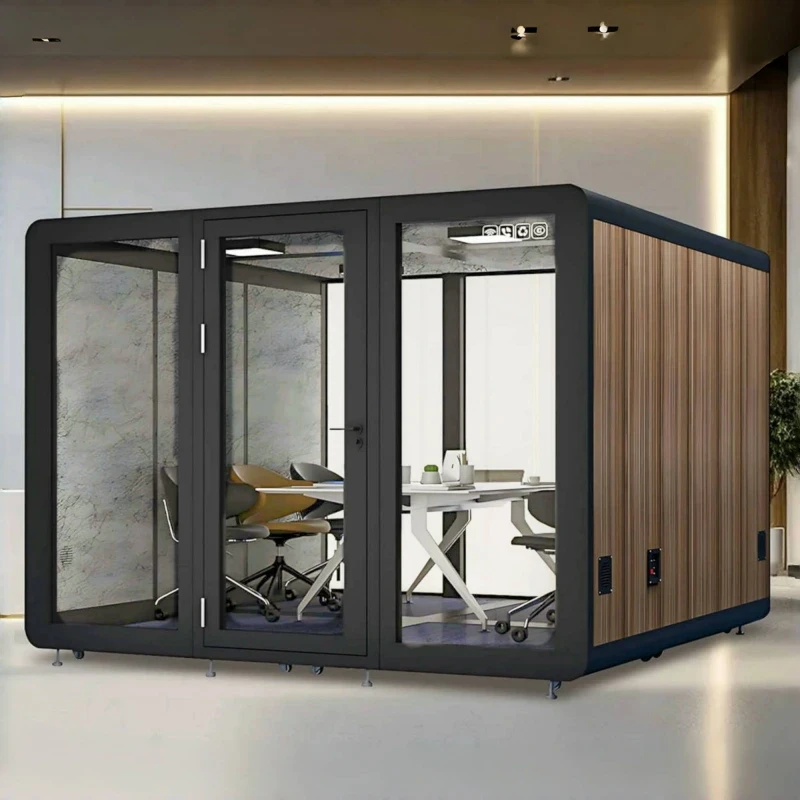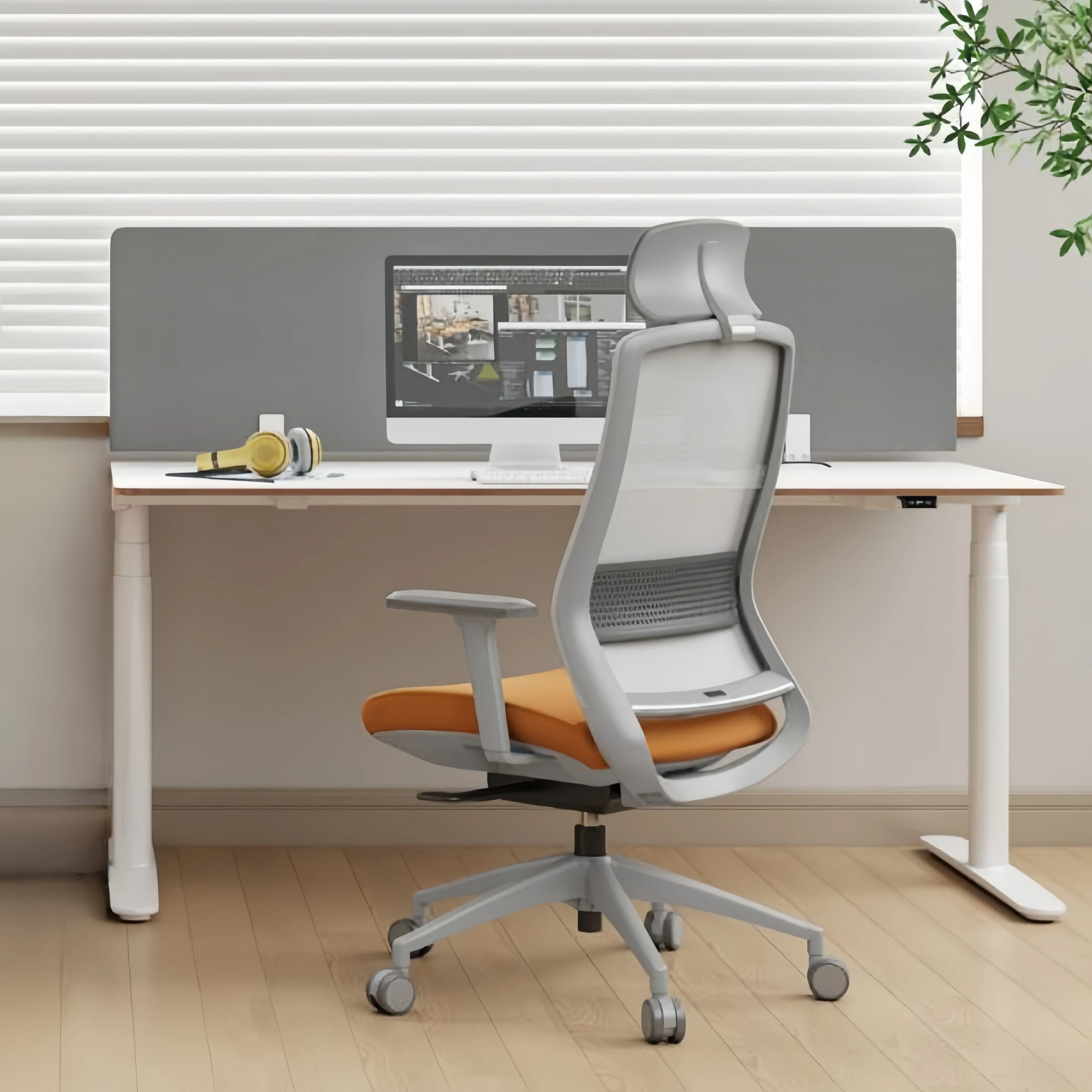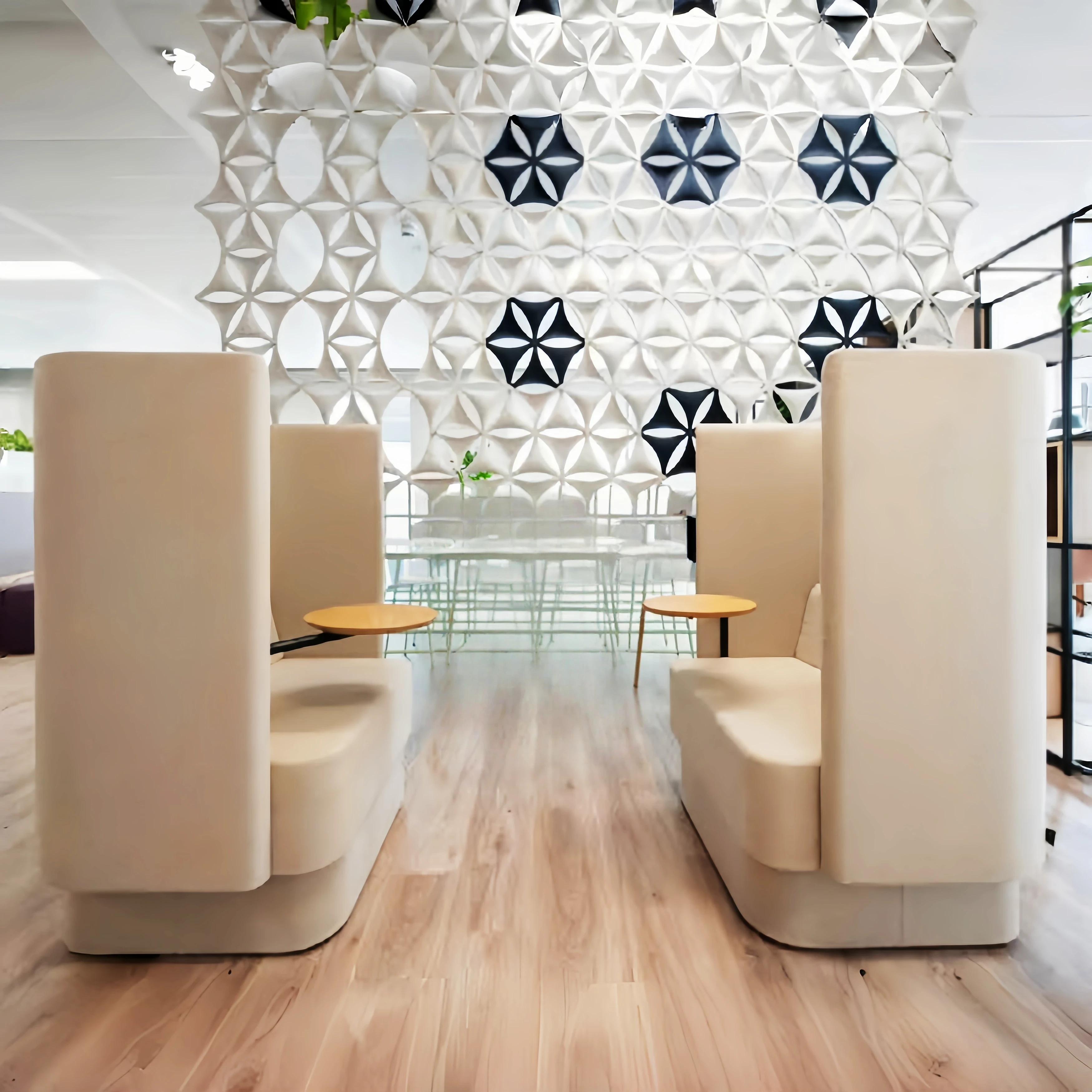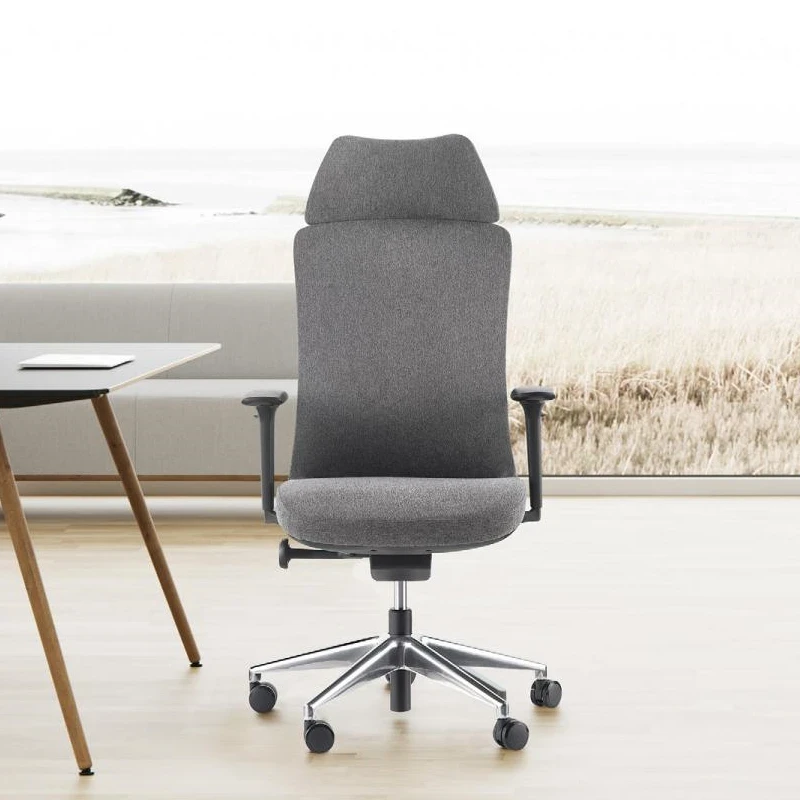In modern office environments, ergonomic chair design is gaining increasing attention. With people's pursuit of health and comfort, ergonomic chairs are more than just furniture; they represent a fusion of science, technology, and art. By delving deeper into the scientific principles behind ergonomic chair design, we can better understand its importance in daily work.
1. Basic Concepts of Ergonomics
Ergonomics is the study of the relationship between humans and machines. It aims to optimize the design of tools, equipment, and environments by analyzing human physiological and psychological characteristics to enhance productivity and comfort. Ergonomic chair design is a concrete manifestation of this philosophy. Its design goal is to adapt to the human anatomy, ensuring good posture and minimizing discomfort even during extended sitting.
2. Posture and Comfort
In daily office work, maintaining the same posture for extended periods can easily lead to muscle fatigue and discomfort. Ergonomic chairs are designed with this in mind, typically featuring adjustable seat height, backrest angle, and armrest height. By adjusting these parameters, users can find the sitting position that best suits their body and avoid discomfort caused by improper posture. Scientific research shows that correct sitting posture not only reduces back and neck strain but also effectively improves work efficiency.
3. Materials and Structure
Material selection and structural design are also key factors in ergonomic chairs. High-quality chairs typically use breathable fabrics to avoid feeling stuffy during prolonged sitting. The chair's support structure is also crucial. Many high-end ergonomic chairs feature backrests and seat cushions that conform to the body's curves for better support. This design not only makes the user feel comfortable but also effectively reduces fatigue.
4. Dynamic Sitting and Mobility
Modern office environments emphasize flexibility and dynamic work styles. Ergonomic chair design concepts are gradually moving towards dynamic sitting, encouraging users to maintain a certain level of mobility while working. Some chairs feature rocking features or adjustable cushions, allowing users to engage in moderate exercise while sitting. This dynamic sitting posture not only enhances muscle activity but also promotes blood circulation, reducing the health risks associated with prolonged sitting.
5. Scientific Research and Design Practice
Scientific research provides an important theoretical foundation for the design of ergonomic chairs. Numerous studies have analyzed different sitting postures, duration, and frequency of use, identifying key factors influencing comfort and health. These findings provide designers with data support, enabling them to more scientifically and rationally select materials, structures, and shapes during design.
6. International Awards and Design Recognition
In this field, some companies have earned international recognition for their unique design concepts and innovative technologies. For example, some companies have excelled in office chair design, receiving prestigious international design awards such as the German Red Dot Award and the American IDEA Design Award. These awards are not only a testament to their design but also reflect their competitiveness and influence in the global market. These designs focus not only on appearance but also on user experience, driving progress across the industry.
7. Market Trends and Future Outlook
As the office environment evolves, the market for ergonomic chairs is also growing. More and more companies are recognizing the importance of employee health and are willing to invest more in office furniture. In the future, with technological advancements, intelligent ergonomic chairs will gradually enter the market. Using sensors and data analysis, they can monitor the user's sitting posture in real time and provide personalized adjustment recommendations. This will make ergonomic chair design more user-friendly and meet the needs of diverse users.
8. Conclusion
In summary, the design of ergonomic chairs is more than just a place to sit; it's a scientific engineering effort that comprehensively considers health, comfort, and aesthetics. Driven by evolving technology and design concepts, ergonomic chairs will continue to play a vital role in the office environment, helping people maintain a healthy physical and mental state while working. In the future, as people pursue healthier lifestyles, ergonomic chair designs will become increasingly diverse, becoming an indispensable part of modern offices.

 USD
USD
 GBP
GBP
 EUR
EUR





